Color Your World: Understanding the Psychological Impact of Different Shades
Introduction
Color is an integral part of our lives, influencing our emotions, behaviors, and even our physiological responses. The impact of color is deeply embedded in cultural contexts and personal experiences, making it a fascinating subject of study within psychology. Understanding how different hues can shape our feelings and thoughts allows individuals and businesses alike to harness the power of color for positive outcomes. This article delves into the psychological impacts of various colors, exploring their meanings, applications, and implications for mental well-being.
The Psychology of Color
The Basics of Color Theory
Color can be classified into three primary categories: primary, secondary, and tertiary. Primary colors (red, blue, and yellow) cannot be created by mixing other colors, whereas secondary colors (green, orange, and purple) result from mixing primary colors, and tertiary colors arise from combining primary and secondary colors. The wheel of colors is not just a tool for artists; it also serves as a foundation for psychological interpretations of hue.
Emotional Response to Color
Residents of different countries might experience distinct perceptions and reactions to colors due to cultural interpretations. Yet, some universal associations have been observed. An example of this is the psychological impact of red, which is often linked to feelings of passion, urgency, and energy. This is evident in its widespread use in marketing, where brands employ red to stimulate sales and grab attention.
The Role of Color in Human Interaction
Colors can also signal social cues. A friendly smile accompanied by warm hues like yellow or orange can trigger feelings of happiness and warmth, while colder tones like blue can denote calmness or trust. This interplay between color and human interaction is vital in settings such as workplace environments, educational institutions, and even healthcare facilities, where color schemes can impact morale and cooperation.
The Psychological Impact of Individual Colors
Red: Energy and Passion
Red, a color often associated with energy and action, can evoke strong emotions—ranging from excitement to anger. In various studies, red has been shown to raise heart rates, stimulate appetite, and increase metabolism. This is why it is frequently used in restaurants and food packaging. However, too much red can induce feelings of aggression or anxiety, highlighting the balance required when integrating this powerful color into any environment.
Blue: Calmness and Trust
In contrast to red, blue is often linked to serenity and stability. Psychological studies have suggested that blue can lower blood pressure and heart rates, promoting feelings of tranquility. Businesses frequently adopt blue hues in their branding to evoke trust and dependability, as seen in financial institutions and healthcare providers. The calming effects of blue coloring induce focus and concentration, making it an excellent choice for office environments.
Yellow: Optimism and Cheerfulness
Yellow, the color of sunshine, symbolizes optimism and cheerfulness. It is believed to stimulate mental activity and evoke feelings of happiness. However, excessive use of yellow can lead to frustration and anxiety, as the bright hue can be overwhelming in large doses. Thus, a careful approach to incorporating yellow into design and marketing is crucial.
Green: Nature and Balance
Green is often associated with nature, growth, and balance. The color has a calming effect on the mind and body, making it a popular choice in spaces designed for relaxation and contemplation, such as spas and yoga studios. Some studies have even suggested that being around green spaces can enhance cognitive functioning and reduce stress levels, emphasizing the psychological benefits of incorporating green into our daily lives.
Purple: Luxury and Creativity
Purple has long been associated with royalty, luxury, and creativity. It is often used in branding to convey a sense of premium quality. On a psychological level, purple can inspire creativity and innovation, making it a sought-after color in artistic communities. However, too much purple can lead to feelings of sadness or frustration, demonstrating the complexity of color perceptions.
Orange: Enthusiasm and Adventure
Orange combines the energy of red and the happiness of yellow, creating a color associated with enthusiasm and adventure. It is often used to attract attention, particularly in promotional materials. However, like red, orange can be intense; hence it is best used sparingly in design to avoid overwhelming the senses.
Black: Power and Authority
Black signifies power, elegance, and sophistication. It is often used in fashion to convey authority and confidence. While black can induce feelings of strength and independence, it can also be associated with darkness and negativity, depending on the context. The psychological complexity of black makes it a versatile yet nuanced choice in design.
White: Purity and Simplicity
White is often connected to purity, simplicity, and cleanliness. It is commonly used to create a sense of space and calm in various settings. However, while white can evoke feelings of tranquility, excessive use may lead to feelings of isolation or emptiness. This duality highlights the importance of balancing white with other colors to promote a more inviting atmosphere.
The Application of Color Psychology in Different Fields
Marketing and Branding
Businesses have long understood the significance of color in influencing consumer behavior. Marketing experts often employ color psychology to tailor their branding strategies and engage target audiences effectively. For example, fast-food chains frequently utilize red and yellow due to their stimulating effects. In contrast, tech companies often prefer blue to convey reliability and safety.
Interior Design
Interior designers leverage color psychology to create harmonious living spaces that cater to the emotional needs of inhabitants. Warm colors may be used in social areas to promote interaction, while cool colors can be employed in bedrooms to induce relaxation. The careful selection of color palettes plays a significant role in enhancing well-being and functionality within a space.
Healthcare
The healthcare industry has increasingly recognized the psychological impact of color within clinical settings. Calming blue and green tones are often employed in hospitals to promote healing, while brighter colors may be introduced in pediatric wards to create a cheerful ambiance. Research has shown that color can significantly affect patient outcomes, demonstrating the importance of environmental design in healthcare.
Education
Color psychology also finds its place in educational settings, where the choice of colors in classrooms can influence student learning and engagement. Bright and stimulating colors can foster creativity and interest, while softer, warmer hues can create a sense of comfort and safety. Thoughtful design strategies that incorporate color can lead to improved focus and academic performance.
Cultural Considerations in Color Psychology
While certain colors elicit universal associations, cultural context plays a vital role in shaping individuals’ emotional responses to color. For instance, while white is commonly associated with purity in Western cultures, it is often linked to mourning in some Eastern societies. Similarly, colors like red may symbolize happiness in one culture and caution in another. Understanding these cultural nuances is essential for effectively applying color psychology in global contexts.
The Influence of Color on Mental Health
Colors can significantly affect mental health, either positively or negatively. Certain colors may evoke feelings of calmness and stability, while others can heighten anxiety or irritability. For instance, research indicates that exposure to green environments—such as parks or gardens—can contribute to reduced levels of stress and anxiety, promoting overall mental well-being.
Therapeutic Applications of Color
Art therapy is one avenue through which color psychology is harnessed for therapeutic purposes. Practitioners may encourage clients to use colors as a means of expressing emotions or exploring personal experiences. The process of choosing colors can reveal subconscious connections to feelings, allowing clients to confront and address their mental health challenges creatively.
Seasonal Affective Disorder and Color
The impact of color extends to the seasonal shifts in our environment, particularly concerning Seasonal Affective Disorder (SAD). Many individuals experience a drop in mood during the winter months when daylight is scarce. Incorporating bright colors into interior design, using light therapy, and engaging in outdoor activities can help combat feelings of despair commonly associated with SAD.
Conclusion
The psychological impact of color is a profound and multifaceted phenomenon that shapes our emotions, behaviors, and perceptions in everyday life. By understanding the emotional associations of colors and their applications across various fields, individuals can harness the power of color to enhance their environments, improve mental well-being, and communicate effectively. As we continue to explore the intricate relationship between color and psychology, we unlock new pathways to emotional flourishing and creativity, allowing us to truly color our world.
References
- [1] K.-J. Zhang, Y. Zhao, & G. R. Chen. (2021). “The Influence of Color on Consumer Product Evaluation: A Review.” Journal of Color Research and Application.
- [2] J. C. Wright & E. H. Taylor. (2020). “Meanings of Color in Different Cultures.” Cultural Sociology.
- [3] A. M. Koller, T. A. Ruff, & J. L. Soto. (2019). “Blue and Green: Colors that Heal: The Psychological Impact of Color in Health Care.” Journal of Environmental Psychology.
- [4] S. K. Perception, L. H. Lee, & A. H. Tan. (2022). “Beyond White: Cultural Contexts of Color Perception.” Cross-Cultural Psychology Review.
- [5] M. H. Kyriakakis & T. N. Bondar. (2020). “The Therapeutic Uses of Color: A Review of the Literature.” Journal of Art Therapy.















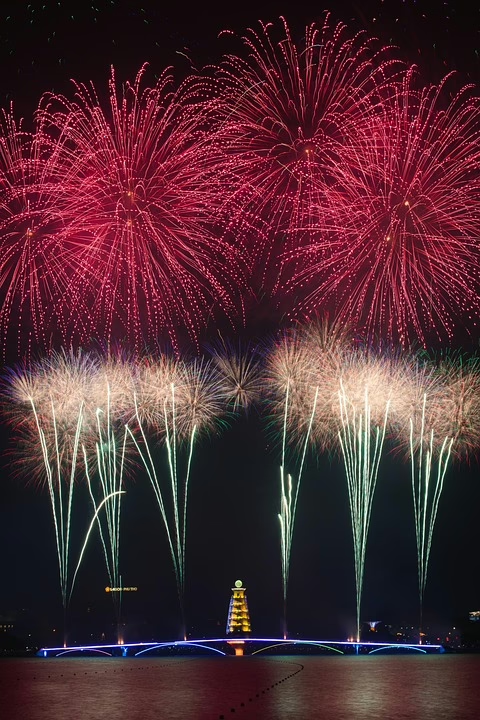
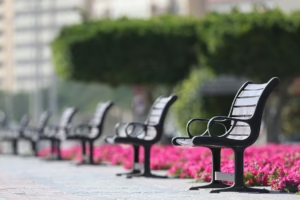

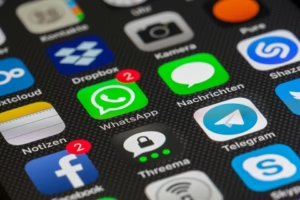
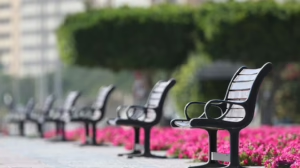

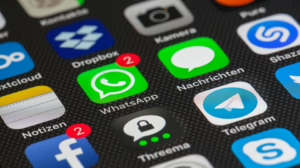




Add Comment